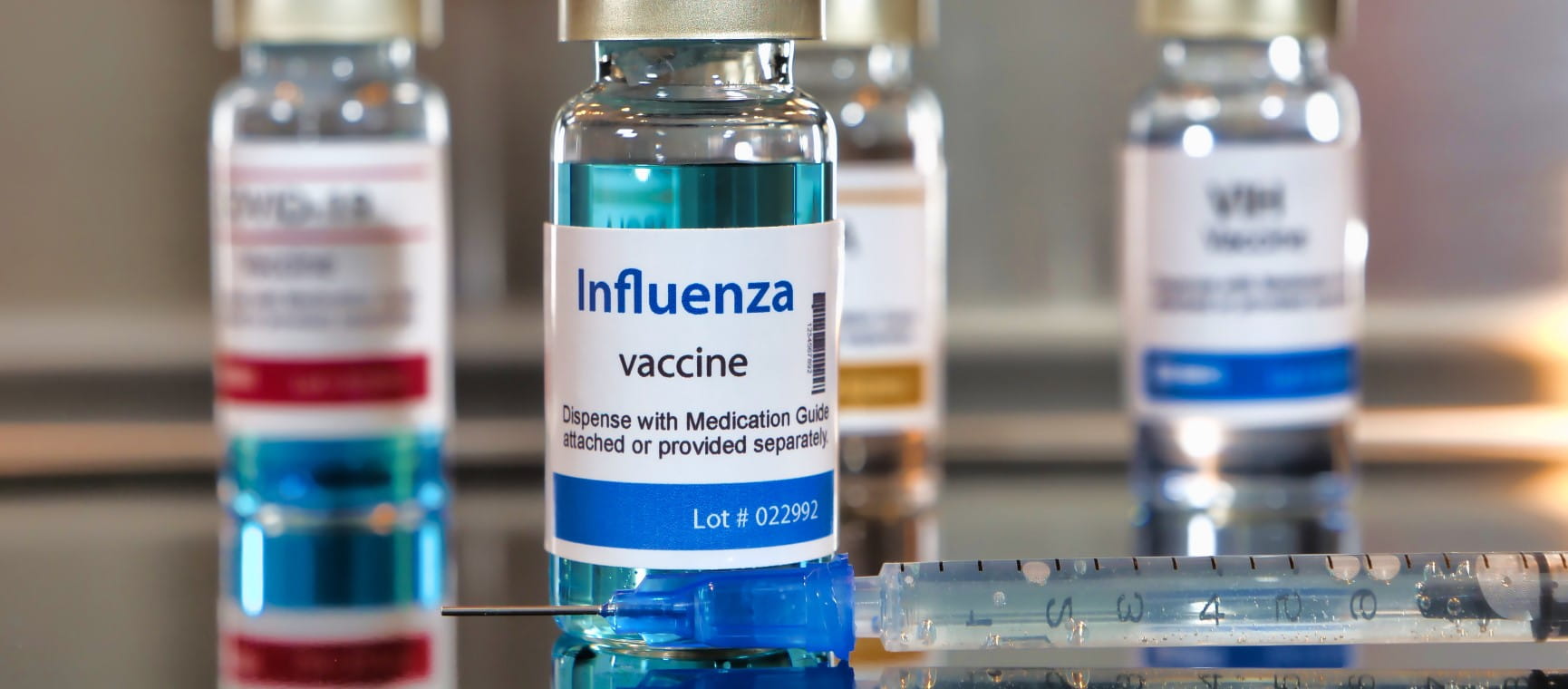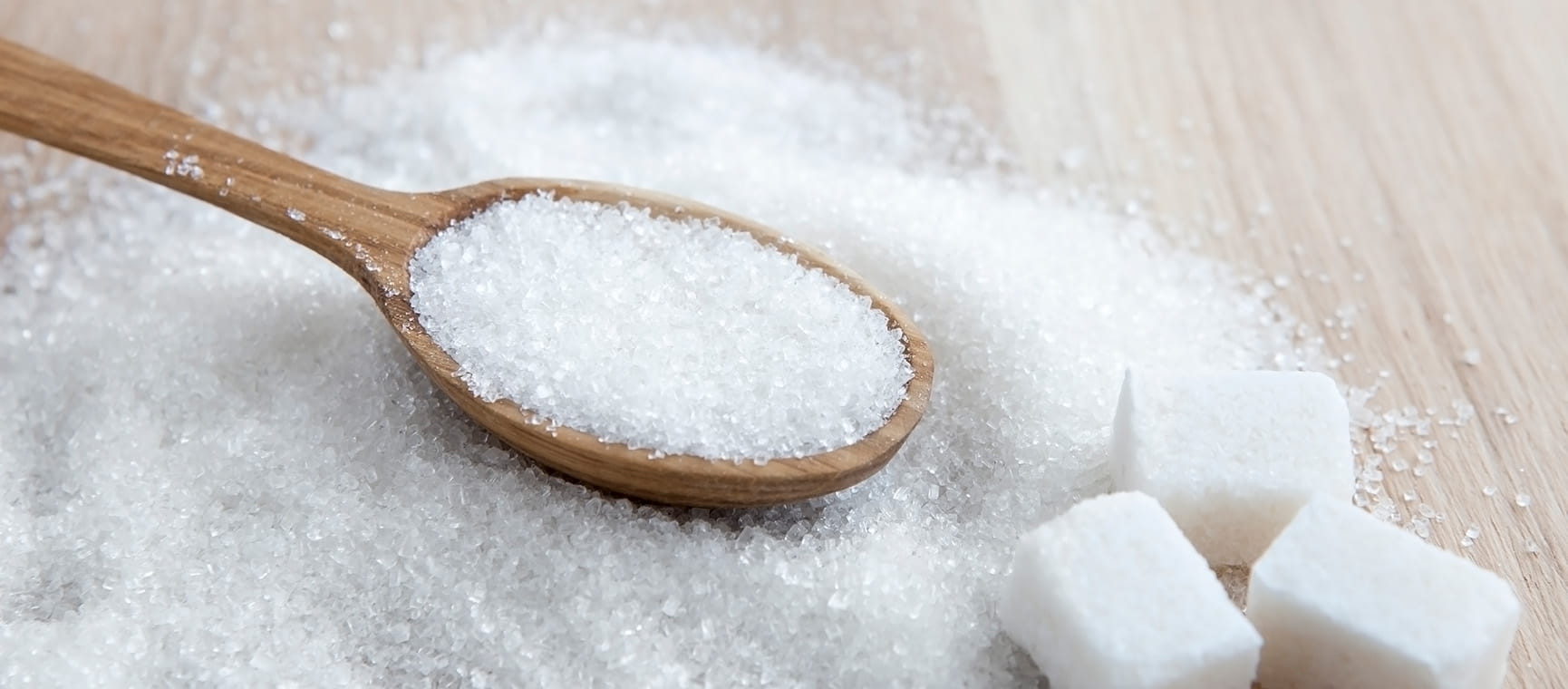Health & Wellbeing
Our experts show you simple and effective ways to stay healthy and active, so you can live your passions every day.

How to leave the sofa and get fit – at any age
These simple tips will have you feeling fit in no time now that Christmas is over.

How to get active in the new year
If your New Year's resolution is to get fitter, we've got 7 tips to help make it a fun year-round habit.
/josie_0077/morning-yoga.jpeg)
Simple yoga stretches to help ease creaking joints
Embrace the power of yoga and mindfulness to enhance your flexibility, reduce joint pain, and improve your overall wellbeing with this simple, at-home routine.

Which vaccines do you need this winter?
From flu to Covid to shingles, we answer common vaccine questions, including who’s eligible, and how you get them.

Prostate and eyecare patients among the first to benefit from new online hospital
9 specialist areas of care will fall under the remit of NHS Online when it launches in England next year.

Why spending time on your phone and computer is good for your brain

Tim Spector on eating more to stay healthy
The gut health expert offers his advice on Saga's new podcast, Experience is Everything

Sugar: why you don't need to give it up for your health

Warm wearables: how to stay toasty without turning up the heating

Why prescription drugs aren't always the answer to chronic pain
Doctors are increasingly recommending lifestyle and mind-based approaches for chronic pain.

How I cured 14 years of back pain
Elizabeth was in chronic pain for more than a decade – until she discovered a solution that really worked.

I tried hypnotherapy to cut down on alcohol
Could hypnotherapy help our writer cut back on her nightly glass or three of wine?

Dr Mark Porter on the causes of troubling dreams
Our GP answers your questions on possible causes for troubling dreams

What really works to ease muscle cramps
Muscle cramps can be a curse as we age. Why do they happen and what’s the best way to get rid of them?

For a limited time, enjoy 3 issues of Saga Magazine for just £1. Receive the next 3 print editions delivered direct to your door, plus 3 months’ unlimited access to the Saga Magazine app—perfect for reading on the go.
Don’t miss your chance to experience award-winning content at an exceptional price.
Play our free daily puzzles
Beat the boredom and exercise your mind with our selection of free puzzles.



